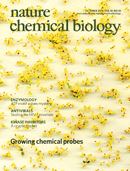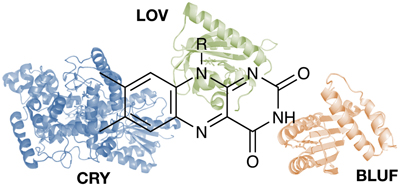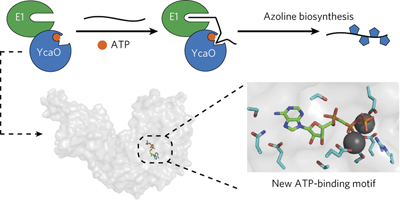TABLE OF CONTENTS
|
October 2014 Volume 10, Issue 10 |
 |  |  |
 |  Research Highlights Research Highlights
 News and Views News and Views
 Review Review
 Brief Communications Brief Communications
 Articles Articles
| |
 |
|
 |
 |
| Advertisement |
 |
nature.com webcasts
Macmillan Science Communication presents a custom webcast on: An integrated OMICs approach to cancer progression
Thursday October 23, 8am PDT, 11am EDT, 4pm BST, 5pm CEST
Register for the webcast and live Q and A session
Sponsored by:
 | | | |
 |
| |
Research Highlights |  Top Top |
 |
 |
 |
ER stress: Redox trade-off | DNA demethylation: lncRNA express delivery | Nanowires: String me along | Lipids: Flexible fill-ins | Carbohydrates: Xylan feels the pinch | Biosynthesis: All together now | Pharmacological chaperones: α-Helical masquerade | Transporters: Death by ions
|
News and Views |  Top Top |
 |
 |
 |
| |
 |
Review |  Top Top |
 |
 |
 |
Photochemistry of flavoprotein light sensors pp801 - 809
Karen S Conrad, Craig C Manahan and Brian R Crane
doi:10.1038/nchembio.1633

Exposure to blue light promotes changes in the protein conformation of flavin photosensors. A review of recent advances in these light sensors discusses key questions in the field and their application to engineer light-mediated molecular switches.
|
|
|
 |
Brief Communications |  Top Top |
 |
 |
 |
|
 |
 |
 |
|
 |
Articles |  Top Top |
 |
 |
 |
|
 |
 |
 |
Discovery of a new ATP-binding motif involved in peptidic azoline biosynthesis pp823 - 829
Kyle L Dunbar, Jonathan R Chekan, Courtney L Cox, Brandon J Burkhart, Satish K Nair et al.
doi:10.1038/nchembio.1608

A two-enzyme complex works as a cyclodehydratase to form TOMM natural products, but the roles of each protein have been unclear. Structural and biochemical analysis deconvolutes the roles of each protein and identifies a new ATP-binding motif.
|
|
|
 |
 |
 |
|
 |
 |
 |
|
 |
 |
 |
|
 |
 |
 |
|
 |
 |
 |
|
 |
 Top Top |
 |
 |
| Advertisement |
 |
Scientific Reports is now accepting submissions from all scientific fields including clinical sciences. Online and open access, Scientific Reports is a primary research publication from the publishers of Nature, covering all areas of the natural and clinical sciences. The scope of the journal has been broadened to include all fields of medical research.
Submit your manuscript now. | | | |
 |
| |
 |  |  |  |  |  | Natureevents is a fully searchable, multi-disciplinary database designed to maximise exposure for events organisers. The contents of the Natureevents Directory are now live. The digital version is available here.
Find the latest scientific conferences, courses, meetings and symposia on natureevents.com. For event advertising opportunities across the Nature Publishing Group portfolio please contact natureevents@nature.com |  |  |  |  |  |
|
 |


No comments:
Post a Comment